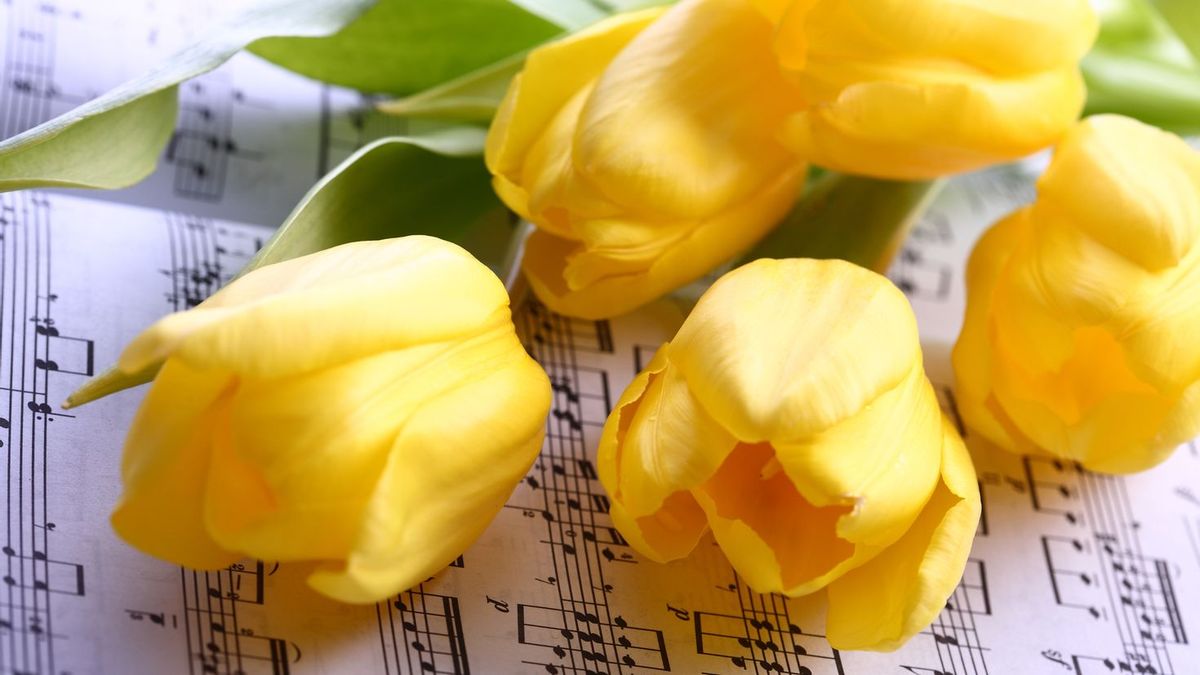Throughout human evolution, flowers, the symphony of emotions, have been endowed with certain symbols, helping people express more than simple words can express, signaling love, joy, sometimes sorrow, and becoming heraldic signs of noble courts and empires.
Tulips stand out among various flower crops. They appear in the spring, when the snow melts away and nature comes to life.
Once adorning the coat of arms of the Ottoman Empire, today these amazing delicate flowers are the national emblem of the Netherlands.
But the exciting story of these mysterious flowers began in Persia. Due to their delicate silhouette, beauty and richness of colors, tulips have been endowed with many legends and acquired extraordinary popularity.
In the 16th century, tulips were brought to the Ottoman Empire and immediately acquired the status of an imperial flower, symbolizing nobility, high position and prosperity. The palace gardens and flowerbeds were full of multi-colored buds, which became valuable gifts for important nobles and diplomatic missions.
At first, this "floral luxury" was available only to royalty and aristocrats, which gave tulips even more weight and attractiveness. However, after the flowers were taken to Europe and arrived in Holland, they quickly adapted and became the secret talisman of this country. No other country in the world can compare to Holland in terms of the number of tulip varieties and variety of colors. At first, only the flowerbeds of the palaces and the gardens of the Dutch rulers were decorated with these bright and beautiful flowers.
But in the 17th century, when the country was experiencing a «golden age», tulips, honored with a symbol of wealth, became the object of desire for ordinary people. The huge demand for tulips led to the development of agriculture and the processing of floral raw materials. Farmers and merchants began to actively grow and sell tulips, and their prices began to go up rapidly.
The speculative boom in the tulip market peaked in 1637, when the Dutch became actively involved in the tulip trade, turning this activity into a powerful financial instrument. Flowers have become an object of investment and get rich. Tulip futures entered the market, and prices for bulbs from which unimaginable varieties were grown, began to rise exponentially.
However, in the spring of 1637, the speculative bubble burst out, and the «tulip fever» subsided sharply. Many investors lost all their money and the tulip market was completely destroyed. This period of history is called «tulip mania» and was one of the most amazing episodes of financial rise and fall in the history of the world economy.
However, tulips are still popular and expensive flowers in the Netherlands and around the world. They remain a symbol of love, romance and spring.

Today, you can order author's bouquet from tulips – an inexpressibly tender; wedding decorations; people love to decorate holidays and celebrations with them.
XOstudio FLOWERS continues the traditions of Dutch floristry and offers its customers unique and beautiful tulip compositions (especially in the season). We believe in the magical power of flowers and we know how to create an atmosphere of magic and joy with floral arrangements and little extra tricks. For example, you can buy soft toys and greeting cards to supplement delicate tulip bouquets and to make the gift even more unique and memorable. A soft toy embodies tenderness and care, and a greeting card complements the bouquet with warm words and wishes. This is no longer just a flower gift, but an inspiring story with a full score of feelings.
Trust the professionals of XOstudio FLOWERS, and your holiday will become an unforgettable and bright event in your life. We create floral masterpieces with love and passion to give you joy and spring inspiration.
